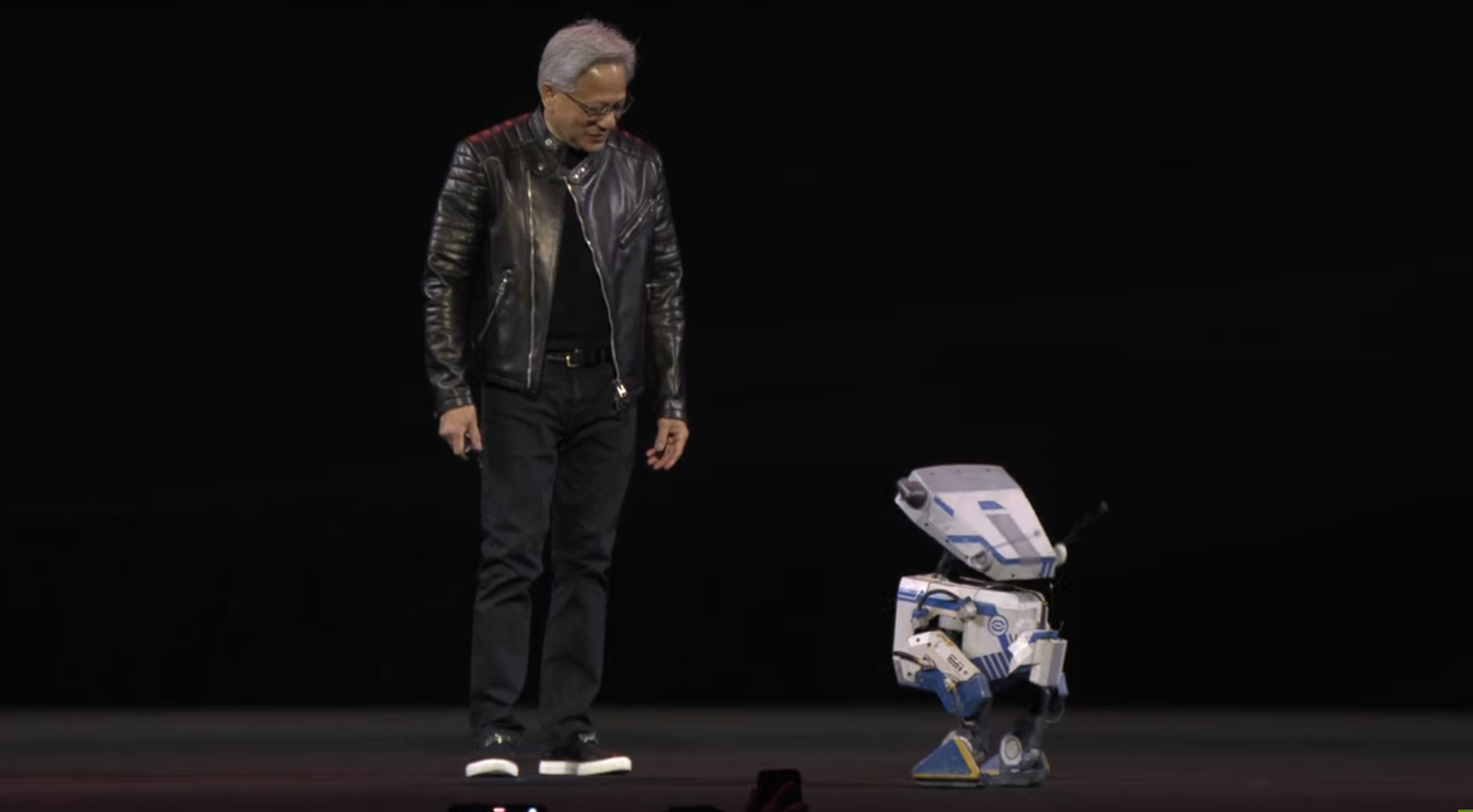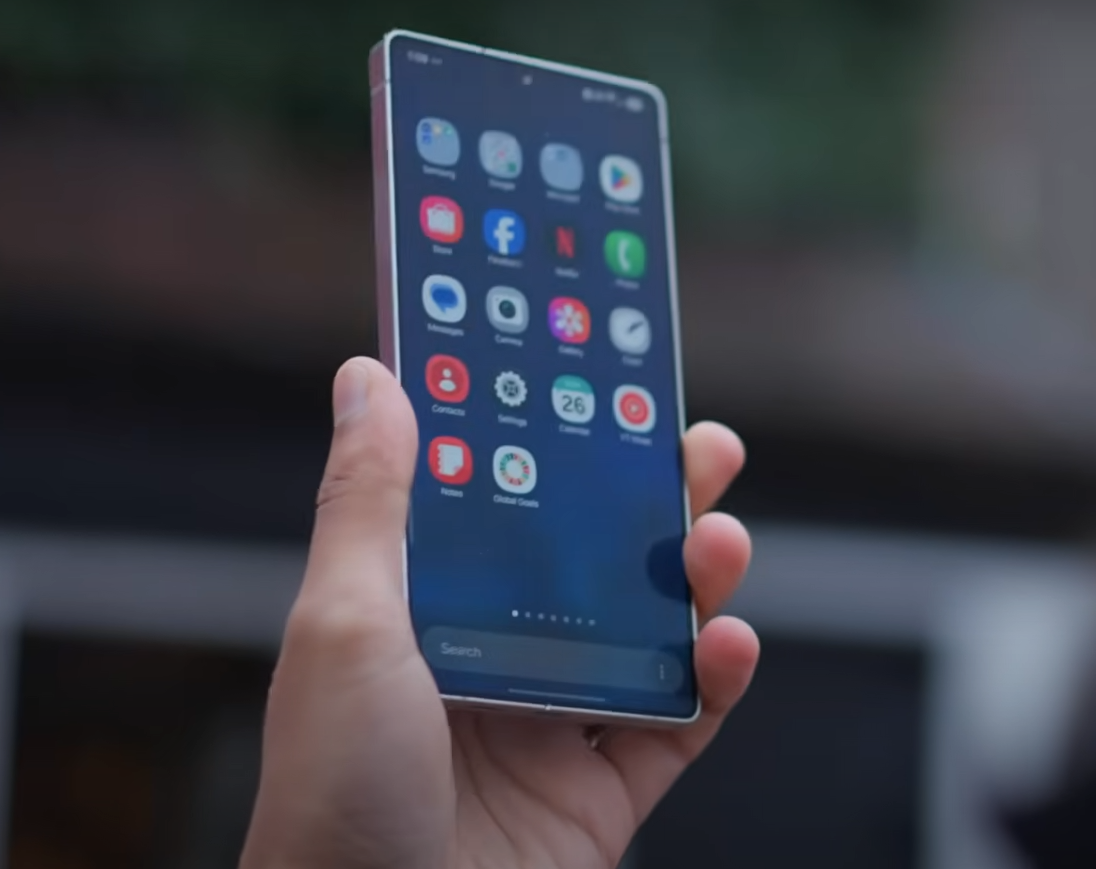In a groundbreaking announcement at GTC 2025, NVIDIA unveiled its latest marvel: the Isaac GR00T N1, the world’s first open, fully customizable foundation model for humanoid robots. This isn’t just another step forward in robotics—it’s a quantum leap. Designed to reason, execute skills, and collaborate seamlessly with humans, Isaac GR00T N1 is poised to address global labor shortages while revolutionizing industries like manufacturing, logistics, and healthcare. With its dual-system architecture, cross-embodiment capabilities, and open-source framework, this innovation represents a new era of AI-driven robotics. Learn more about NVIDIA’s vision here.
What is Isaac GR00T N1?
At its core, Isaac GR00T N1 is a general-purpose humanoid robot foundation model—a digital brain that powers physical machines. It’s not just about performing tasks; it’s about understanding them. The model is engineered to handle reasoning, skill execution, and human interaction, making it adaptable to a wide range of environments.
The primary objectives of Isaac GR00T N1 are twofold:
- Addressing Labor Shortages: With projections indicating a shortfall of 50 million workers globally by the end of the decade, humanoid robots like GR00T N1 could fill critical gaps (source).
- Enhancing Productivity: By automating repetitive or dangerous tasks, these robots can boost efficiency across multiple sectors.
Key Features of Isaac GR00T N1
What sets Isaac GR00T N1 apart from other robotic systems? Here are its standout features:
- Dual-System Architecture:
- Slow-Thinking System: This component focuses on perception, reasoning, and planning, enabling the robot to tackle complex, multi-step tasks with precision.
- Fast-Thinking System: Designed for real-time action, this system ensures the robot can adapt quickly to dynamic environments, such as navigating obstacles or responding to human cues.
- Cross-Embodiment Model:
- Unlike traditional models limited to specific hardware, GR00T N1 takes multimodal inputs—language, images, and sensory data—to perform diverse tasks like object manipulation, grasping, and even multi-step operations. This cross-embodiment capability makes it highly versatile.
- Open Source:
- One of the most exciting aspects of GR00T N1 is its open-source nature. Developers worldwide can access, customize, and enhance the model, fostering unprecedented levels of innovation in the robotics community. Explore the open-source framework here.
NVIDIA’s Robotics Ecosystem
Isaac GR00T N1 doesn’t operate in isolation—it’s part of NVIDIA’s broader robotics ecosystem, which includes cutting-edge tools designed to accelerate development:
- Omniverse: A simulation platform where developers can train and test robots in hyper-realistic virtual environments. Think of it as a “digital playground” where robots learn before stepping into the real world. Learn more about Omniverse here.
- Cosmos: A generative tool that creates diverse virtual training scenarios, ensuring robots are prepared for any situation they might encounter.
- Newton: A physics engine developed in collaboration with Google DeepMind and Disney Research. Newton provides advanced tactile feedback and motor skill refinement, allowing robots to interact with their surroundings more naturally.
Together, these tools form a robust framework that supports every stage of robot development—from concept to deployment.
Training with Synthetic Data
One of the biggest challenges in robotics has been training robots effectively without relying solely on real-world trials. Isaac GR00T N1 overcomes this hurdle through the use of synthetic data.
By simulating countless scenarios in controlled environments, GR00T N1 acquires skills faster and more efficiently than ever before. Techniques like reinforcement learning (where robots learn through trial and error) and imitation learning (where robots mimic human actions) play a crucial role here. Additionally, digital twins—virtual replicas of physical objects or systems—are used to rigorously test robot capabilities before they’re deployed in the real world.
This approach not only reduces costs but also minimizes risks, ensuring that robots are ready to perform optimally from day one. For an in-depth look at how synthetic data is transforming robotics, check out this article from the Green Car Congress here.
Applications Across Industries
The versatility of Isaac GR00T N1 makes it a game-changer across various industries. Some examples include:
- Material Handling and Packaging: Automating warehouse operations, from sorting goods to packing shipments.
- Inspection and Quality Control: Conducting detailed inspections in factories or construction sites, identifying defects with unparalleled accuracy.
- Collaborative Tasks: Working alongside humans in environments like hospitals or retail stores, assisting with everything from patient care to inventory management.
These applications highlight how GR00T N1 isn’t just replacing jobs—it’s enhancing them, freeing up human workers to focus on higher-value tasks. For insights into how humanoid robots are reshaping industries, visit this Geeky Gadgets article.
Global Impact and Future Prospects
The implications of Isaac GR00T N1 extend far beyond individual industries. By addressing critical global challenges, this innovation has the potential to transform society as a whole:
- Mitigating Labor Shortages: As demographics shift and workforces shrink, robots like GR00T N1 will become indispensable.
- Accelerating Advancements in AI: The open-source nature of GR00T N1 encourages collaboration, driving rapid progress in AI and robotics.
- Fostering Innovation: By democratizing access to advanced robotics technology, NVIDIA is empowering developers worldwide to push boundaries and explore new possibilities.
For a deeper dive into the global impact of humanoid robots, refer to this report from GlobeNewswire here.
Final Thought
NVIDIA’s Isaac GR00T N1 marks a pivotal moment in the evolution of humanoid robotics. Its ability to reason, adapt, and collaborate with humans positions it as a transformative force across industries. From addressing labor shortages to improving efficiency and safety, GR00T N1 is solving real-world problems while paving the way for smarter, more collaborative robotics.
As we look ahead, one thing is clear: the future of robotics isn’t just about machines doing our work—it’s about machines working with us. And with innovations like Isaac GR00T N1 leading the charge, that future is closer than ever. For more updates on NVIDIA’s robotics initiatives, visit their official blog here.



